Laura Subirats Machine Learning term II
How machines can learn about art?
* This project is about teaching machines how to understand art movements and letting them guess the differences in colour palettes.
A description of the creative motivation and intended use (if applicable) of your project. Why did you make it? Who do you envision using it, and where/when/why?
How does your project relate to existing work? (Cite existing academic and artistic work using academic references, and provide URLs to existing work on the web.)
A description of how you implemented the project. What machine learning and/or data analysis techniques have you used, and why? What software tools or libraries did you use? What datasets did you use? Etc
A reflection how successful your project was in meeting your creative aims. What works well? What challenges did you face? What might you change if you had more time?
A clear statement of which third-party resources (e.g., code, data) you have used, and a statement of which aspects of the project are your own work.
Instructions for compiling and running your project.
o Photos, screen shots, and diagrams of your project and its design
process are strongly encouraged where relevant.
* The idea is creating a technologic brain that can say which art movement belongs a painting.
* This is the first step for finally create a artefact that "critically" will be able to decide what is and what is not art.
This project works as a process. Its functionality is based on the results.
To complete the project:
first: run both processing sketches.
second: run Wekinator project
third: play with TAB in keyboard to discover the machine knowledge in art movements colours.
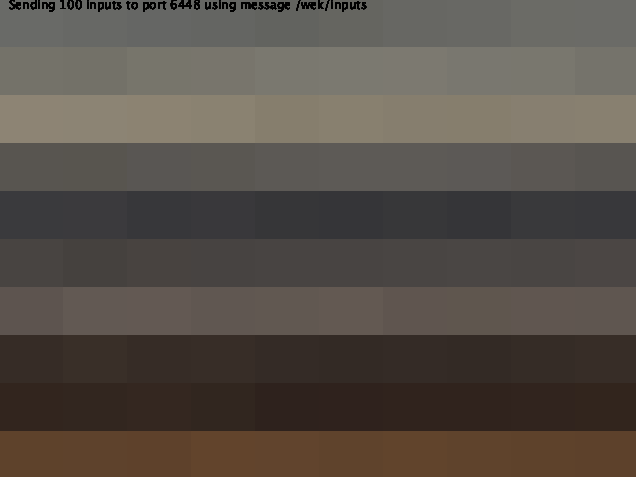
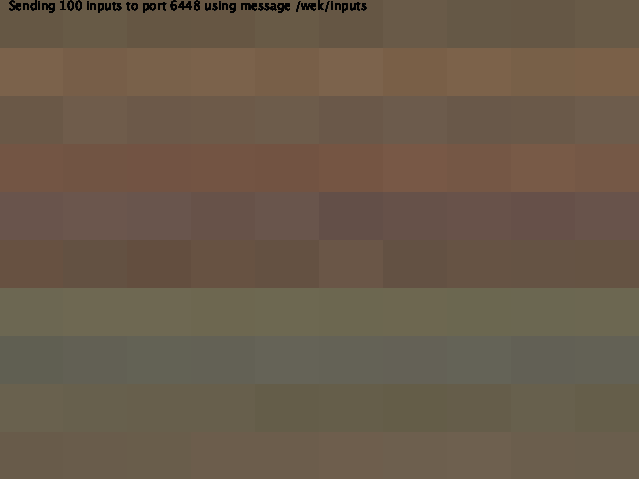

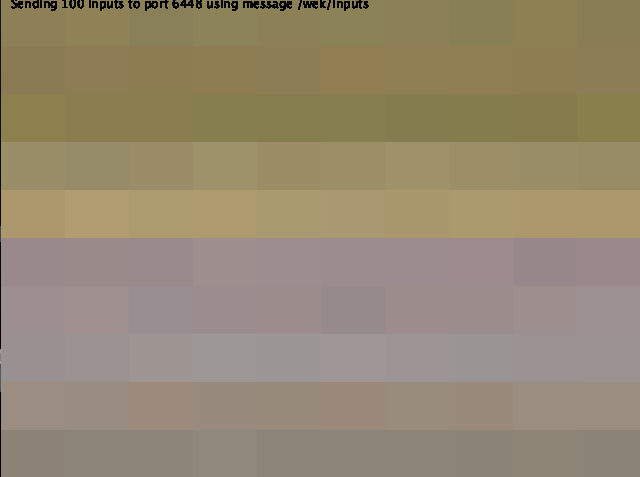
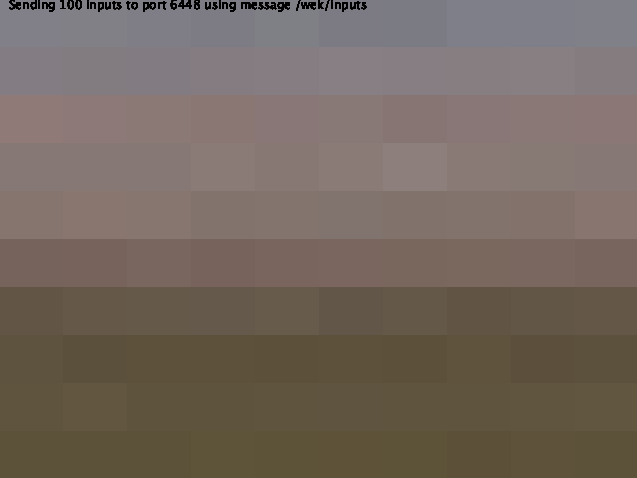

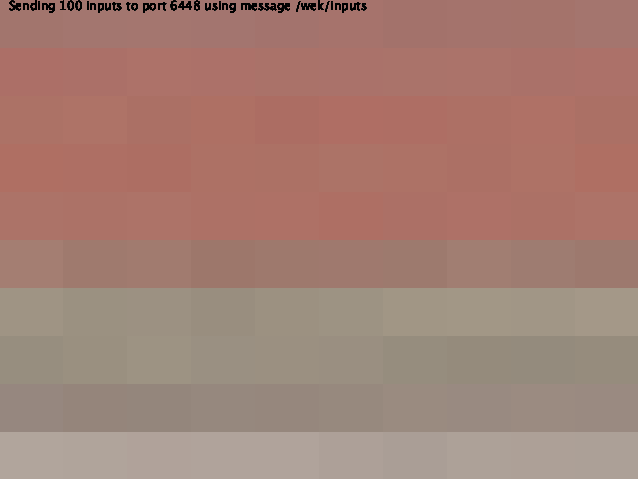
This project arises from the need to understand how machine learning works and if it is able to learn about art. How can I teach a machine the differences between art movements? Is it possible to train a computer to understand and judge art history? The idea works as a start point to a huge project that will try to train a machine decide what is and what is not art.
The main application of this first experiment: to teach ranges of colors in different artistic movements. It is to create postcards as you can find in art museums. And with them show the paintings, and the results that the machine has suggested.
At the end of this process of experiments, the final idea, about creating a machine that can decide what is and what is not art. In an exhibition context this would be a piece of interactive art, and will work with people showing art to the machine, and the machine deciding whether or not this object should be considered art. Appealing to the criticism of museums and the immense "invisible" archives of art.
existing work related
I used Wekinator examples for both input and output. I change the code in order to make it useful for my project.
The final piece is all my own work, apart from the painting that are from the original painters.
The project is working through Wekinator training examples, using Classification with seven different classes.
The input is sending 100 colour values information and teaching with this values the seven different art movement which where I am working.
The output is just a basic classifier where the screen display the category where the image belongs.
Ones the model its trained, you can play around the algorithm sending random pictures and letting the machine decide from which art movement it is.
screen capture showing how it works
What works well?
I think this a very positive first step for what I would like to achieve in the future with this project.
What challenges did you face?
The most challenging thing was working with this big amount of images and trying to find the correct way of training the machine with all its input colours.
What might you change if you had more time?
Creating an app in real time where you can show the picture with your phone camera, instead of using images from the computer.
In conclusion, I would like to say that I am happy with the result. Above all, with the learning process that I have developed. I think that after this first approach with Machine Learning, I can continue working on more complicated projects.
This first experiment is the beginning of what can become a more consolidated and bigger project.